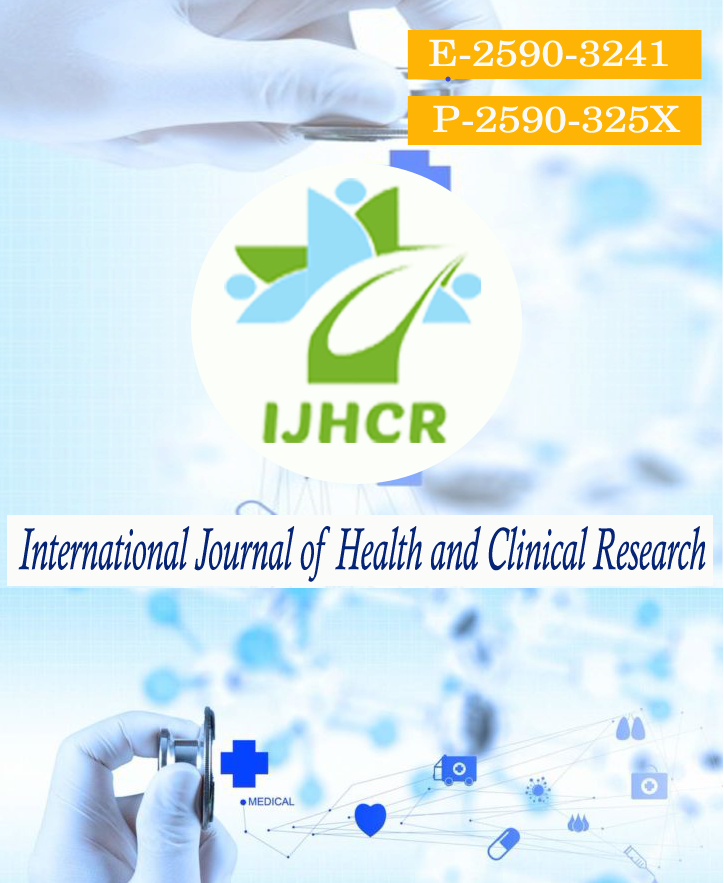A clinicopathological study of skin adnexal tumors - an experience at a tertiary care center in South India
Keywords:
skin,adnexea,tumours.Abstract
Introduction:Skin adnexal tumors (SAT) encompass wide spectrum of benign and malignant tumors that differentiate toward one or more adnexal structures found in normal skin according to embryologic and histologic features into eccrine, apocrine, follicular and sebaceous.Overall incidence of SATs is low yet they can be challenging to diagnose. Aims: The aim of this study is to study the spectrum and microscopic features of SATs.
Materials and Methods: A retrospective analysis of all SAT diagnosed in last five years from March 2015 to march 2020 was conducted. A total 60 cases were included in this study clinical details retrieved from hospital medical record. Tissue biopsies obtained are formalin fixed, paraffin-embedded sections stained with hematoxylin and eosin were used for histopathological analysis.Results: Among all the 60 cases, majority were benign adnexal tumors which constituted 93.3% (56/60) while 6.7% (4/60) cases were diagnosed as malignant. The overall incidence of SAT was higher among females and most affected age group being 21–30 years (41.7%, 25/60). The sweat gland tumors constituted the largest group with 41.7% (25/60) cases and hair follicle tumors 33.3% (20/60) cases. The most common effected site was head and neck (66.6%,40) with the face being the predominant location for tumors followed by trunk region trunk (25%, 15/60). The most common benign tumors were Hidradenomapappiliferum and Pilomatricomaeach represented 12 cases while sebaceous carcinoma was the most common malignant tumor(3,75%).Conclusion: Skin adnexal tumours are less common skin neoplasms. The most common site of SAT was head and neck and the majority were benign tumours, with hidradenomapappiliferum and pilomatricoma being the most common. Histopathology is required to differentiate between benign and malignant features because of its therapeutic and prognostic implications.






 All articles published in International Journal of Health and Clinical Research are licensed under a
All articles published in International Journal of Health and Clinical Research are licensed under a 